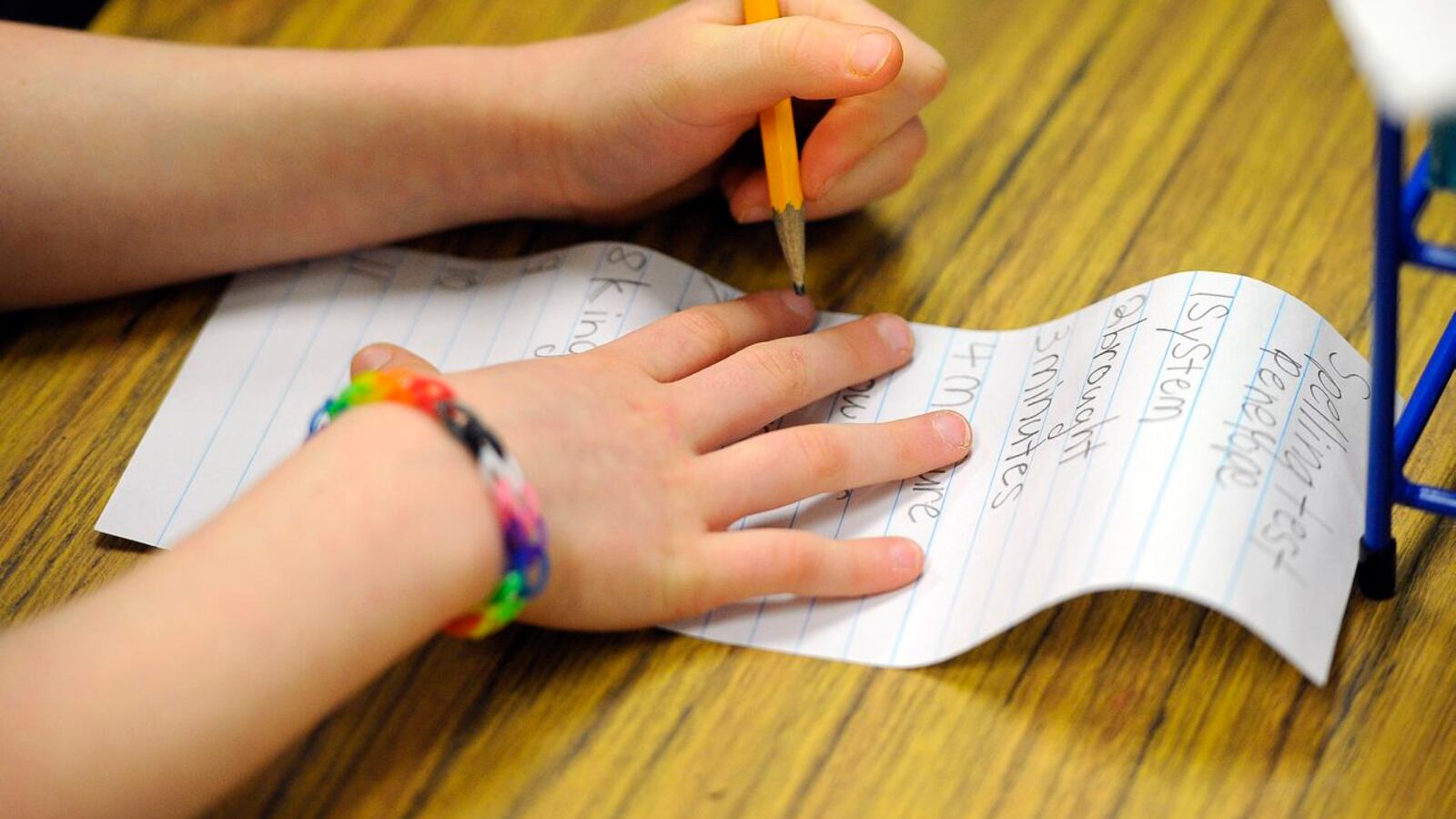New York City and New York state’s scores on the test known as the nation’s report card stagnated this year, with fourth-grade math scores declining slightly.
The numbers, released Wednesday, mirror national trends. Across the country, fourth- and eighth-graders posted lower scores on the math and reading tests than in 2013, the last time the tests were administered.
“We’re trying not to read too much in a decline in at this point ,” said Peggy Carr, acting commissioner of the National Center of Education Statistics, which administers NAEP. “We understand it’s a pattern consistent across many states, but … we don’t know yet if these changes we’re talking about today are long-term. ”
New York City’s scores are near or above the averages for other large urban school systems in all categories except for fourth-grade math, but lag well behind national averages. Experts say, though, that the lack of growth since 2013 isn’t especially meaningful.
“On challenging assessments like NAEP it’s really hard to move the needle,” said Aaron Pallas, a professor of sociology and education at Teachers College at Columbia University. “You’re not likely to see big changes over relatively brief periods of time.”
Nationwide, scores in both subjects have risen significantly over time, suggesting that the average American student’s skills have improved over the last two decades. Math scores have risen by 27 points out of 500 and reading scores have risen by 10 points since the exams were first given, but achievement gaps between black and white students have not narrowed substantially.
U.S. students have taken the NAEP exams every two years since the early 1990s in an effort to provide a consistent measure of student performance at a time when states’ standards varied widely. Many states are now adopting new tests that reflect shared standards, potentially allowing for more detailed and frequent comparisons of students across the country.
For years, New York’s NAEP scores showed that a smaller share of its students were proficient at reading and math than its state tests did. That spurred calls to change New York’s tests, which were overhauled in 2010 to curb score inflation and again in 2013 to align with the new Common Core learning standards.
According to an analysis released six months ago, New York was one of only two states with state tests tougher than NAEP. This year, that was true in fourth-grade reading and eighth-grade math, but not for the other two tests.
Pallas said the differences between the two metrics are worth exploring, but cautioned that declines should not be taken as a statement on city or state policy.
“You should never think of NAEP, or even the state assessments, as a referendum on a particular package of policies or reforms,” he said.

